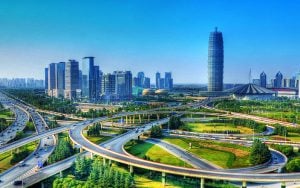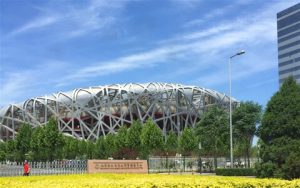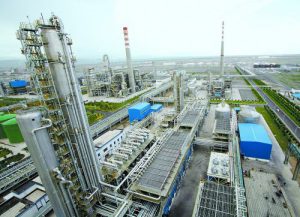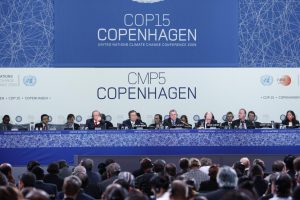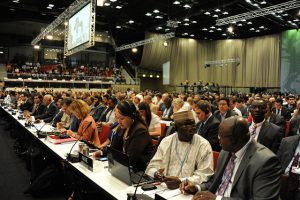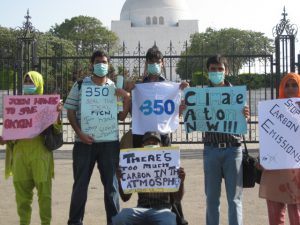Despite this year’s winter heating season triggering a bout of smog that has raised questions about the effectiveness of the “war on pollution”, international environmental bodies say air quality in China has improved over the longer term.
At the start of November, China’s three north-eastern provinces and the Beijing-Tianjin-Hebei area once again found themselves shrouded in a blanket of smog. Shenyang, the capital of Liaoning, experienced a new record for PM2.5 levels, prompting the question: Have China’s efforts to clean up air pollution actually amounted to much?
A recent report published by the United Nations Environment Programme (UNEP) reviewed the work done to combat air pollution in Beijing from 1998 to 2013, and found that concentrations of sulphur dioxide, nitrous oxides, PM10 and CO2 all dropped during the period under the study.
Additionally, on November 16, the NGO Clean Air Asia published a report entitled “China Air 2015: Air Pollution Prevention and Control Progress in Chinese Cities”. Among other findings, it showed efforts to clean up China’s air had yielded initial successes in 74 cities in 2014 compared with 2013.
In particular, richer cities such as Beijing and Shanghai, where there is more public funding and a higher degree of awareness among officials, were far more successful in managing air quality than cities in the north-east, south-west and central China, whose capabilities still lag behind their wealthier costal counterparts.
According to the report, the publication of air quality league tables, action by local governments in signing written commitments to improve air quality, and summons of senior officials from underperforming areas in for ‘chats’ have all played important roles in improving air quality.
He Kebin, Dean of the School of Environment at Beijing’s Tsinghua University, said efforts to combat air pollution in Chinese cities are dependent on economic development levels. Large, developed eastern cities such as Shanghai have taken the lead, while central cities such as Changsha and Wuhan are learning from Shanghai. And cities in the west, such as Kunming and Guiyang, are trying to keep up with central Chinese cities in curbing smog.
Cities have just two years to meet targets set out in the central government’s “Action Plan on Prevention and Control of Air Pollution”, published two years ago. By 2017, all cities at prefecture level or higher must reducelevels of harmful PM10 levels by at least 10% below 2012 levels, and demonstrate increases in the number of good air quality days annually.
Over the same timeframe, cities in the Beijing-Tianjin-Hebei region, the Yangtze River delta and the Pearl River delta are required to cut levels of PM2.5 by 25%, 20% and 15% respectively. This would entail Beijing maintainingPM2.5 levels at 60 micrograms per cubic metre or below (the average level during 2014 was 85.9)
Zhang Shiqiu, a professor at Peking University’s College of Environmental Sciences and Engineering, told chinadialogue that it is currently hard to say if those targets will be met, since air pollution is an ongoing and complex issue. It’s not just a social or economic matter, but a question of competing interests.
But He Kebin is confident that targets can be met, drawing attention to the fact that China is only halfway through its nationwide air pollution action plan. He told chinadialogue that the achievements of the last two years are already apparent, with air pollution figures falling. But the next two years will be tougher, requiring increasingly difficult measures.
The Ministry of Environmental Protection is commissioning a third party to assess progress at the mid-point of the action plan, he added, with the findings to be published prior to next year’s March meetings of China’s top legislatures.

